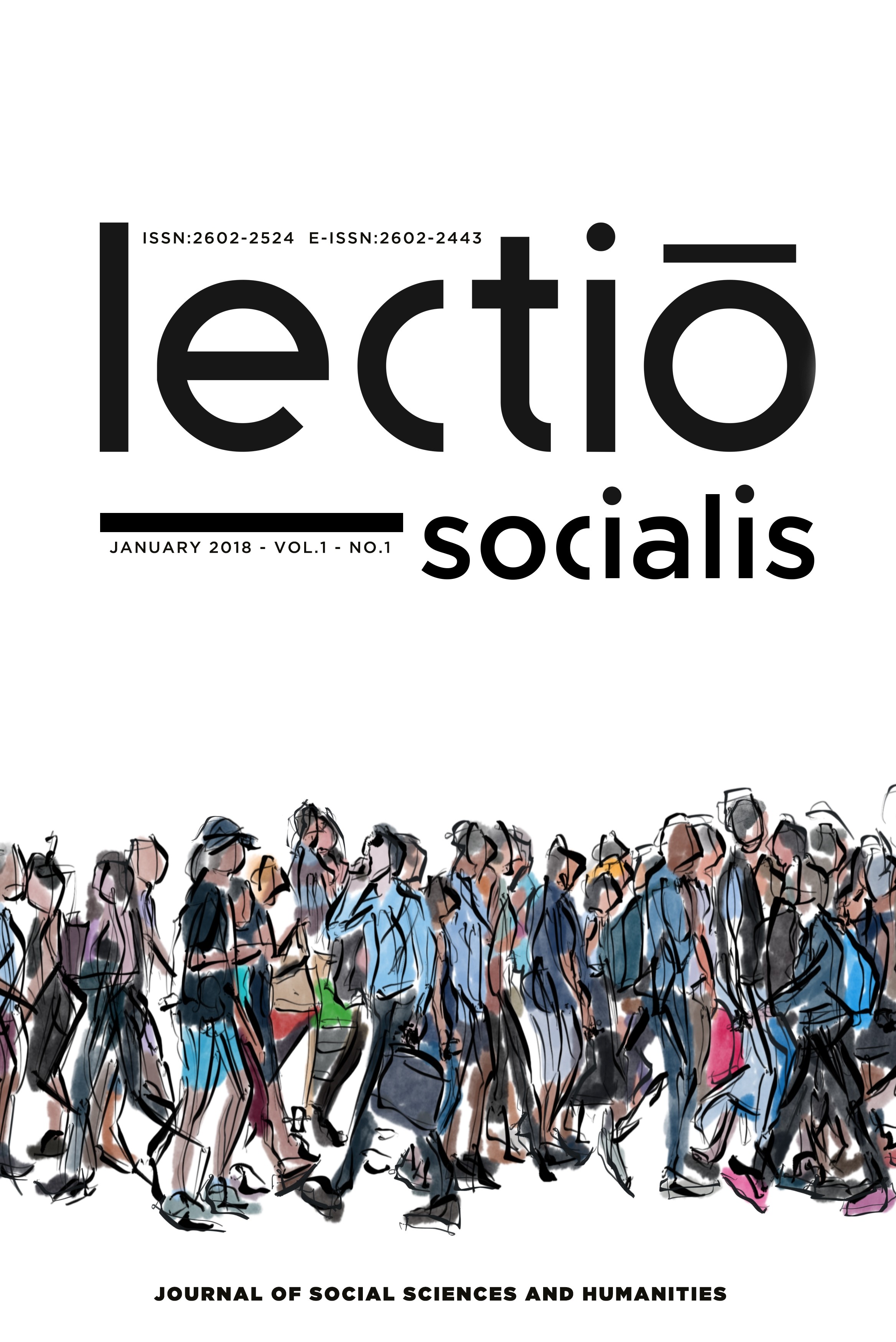Türkiye’nin Volatil Büyümesi
Ekonomik büyüme gayri safi yurtiçi hasıladaki sayısal artışı ifade etmektedir; ancak büyümenin anlam ifade etmesi için uzun dönemde ve sürekli olarak meydana gelmesi gerekmektedir. Türkiye kalkınma planları doğrultusunda ekonomik büyüme oranları hedeflemiş; ancak bu hedeflere varılamamış ve yıllar itibariyle büyüme inişli çıkışlı bir yol izlemiştir. Bu durum ekonomik büyümenin sürekli olarak meydana gelmesini engellemiştir. Volatilite olarak nitelendirilen bu durumun arkasında ülkenin ücretli istihdam yapısı, sosyal ve askeri harcamaları, kurumsal özellikleri başta olmak üzere birçok faktör önemli rol oynamaktadır. Bu çalışmanın amacı Türkiye’nin volatil büyümesinin arkasında yatan nedenleri analiz ederek istikrarlı bir büyümenin nasıl sağlanabileceğini tartışmaktır.
Anahtar Kelimeler:
ekonomik büyüme, sosyal harcamalar
Turkey’s Volatile Growth
Economic growth represents a quantitative increase in gross domestic product; but it is necessary for long-term and continuous growth to become an important developmental indicator. Turkey in line with development plans, has identified potential economic growth rates; but these ratios have not been realized and the growth has followed a rolling path over the years. This has hampered the continuity of economic growth. Behind this situation, which is described as volatility, many factors play an important role, especially the wage employment structure of the country, social and military expenditures, institutional characteristics. The aim of this study is to analyze the reasons behind Turkey's volatile growth, to discuss how to ensure stable growth.
Keywords:
economic growth social expenditures, democracy,
___
- Artan, S. ve Hayaloğlu, P. (2014). Kurumsal Yapı ve İktisadi Büyüme İlişkisi: Türkiye Örneği, Sosyoekonomi 140216.
- Ateş, S. (2012). Türkiye İmalat Sanayinde Toplam Faktör Verimliliği ve Uzun Dönem Büyüme İlişkileri, Türkiye Ekonomi Kurulu Tartışma Metni 2012 (70)
- Barro, R. J. (1997). Getting it Right: Markets and Choices in a Free Society, The MIT press.
- Bilim, Sanayi ve Teknoloji Bakanlığı Verimlilik Genel Müdürlüğü, (2015). Verimlilik Stratejisi ve Eylem Planı, Ankara, Türkiye.
- Campbell, D. L., (2013). Relative Prices, Hysteresis, and the Decline of American Manufacturing. MPRA Paper 51723, University Library of Munich, Germany.
- Daron, A., Naidu, S., Restrepo, P. ve Robinson, J.A. (2014). Democracy Does Cause Growth. NBER Working Papers 20004, National Bureau of Economic Research, Inc.
- Freedom House (2018). Democracy in Crisis: Freedom in the World Report 2018
- Hall, R. E. ve Jones, C. I. (1999). Why Do Some Countries Produce So Much More Output Per Worker Than Others? The Quarterly Journal of Economics, 114 (1), 83-116
- Hisamoglu, E. (2014). EU membership, institutions and growth: The case of Turkey, Economic Modelling, Elsevier, vol. 38(C), 211-219.
- Kepenek, Y. (2016). Türkiye Ekonomisi, Remzi Kitapevi
- Koren, M. ve Tenreyro, S. (2007). Volatility and Development. The Quarterly Journal of Economics, 122, (1), 243-287
- Lucas, R. E. (1988). On The Mechanics of Economic Development, Journal of Monetary Economics 22, 3-42. North-Holland
- Mitchell, W. C. (1950). Backward Art of Spending Money and Other Essays, Reprints of Economic Classics, New York: A.M. Kelley.
- OECD Social Expenditure Database (2011). Is the European welfare state really more expensive? Indicators on social spending, 1980-2012 and a manual to the OECD (SOCX), Social, Employment and Migration Working Papers, 124
- Özerkek, Y. (2014). Türkiye’de Ücretli İstihdam ve Büyüme, Marmara Üniversitesi İ.İ.B. Dergisi, Cilt XXXVI (1), 215-227
- Stockholm International Peace Research Institute (2017). Armaments, Disarmament and International Security. Oxford University Press
- Başlangıç: 2017
- Yayıncı: Emrah Konuralp
